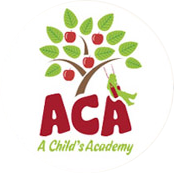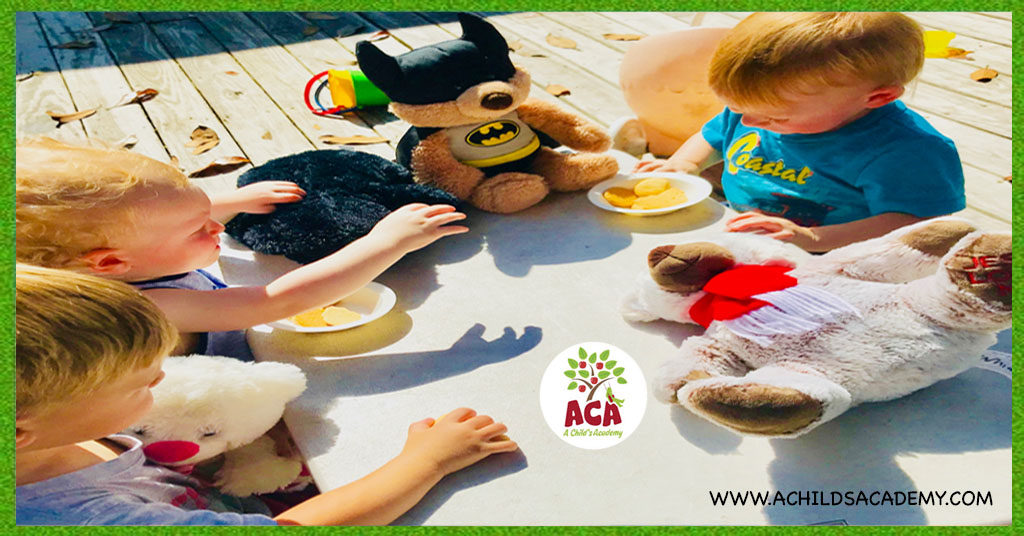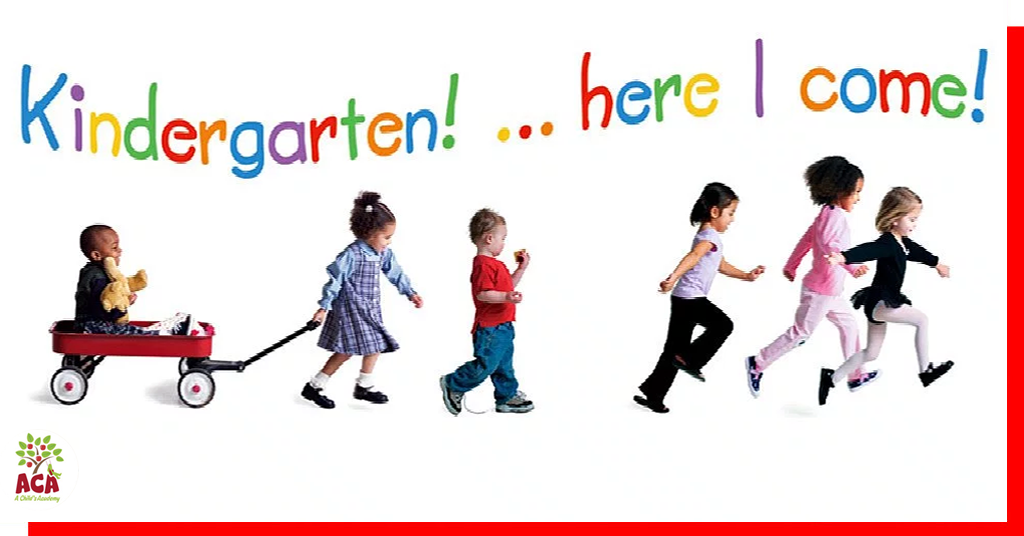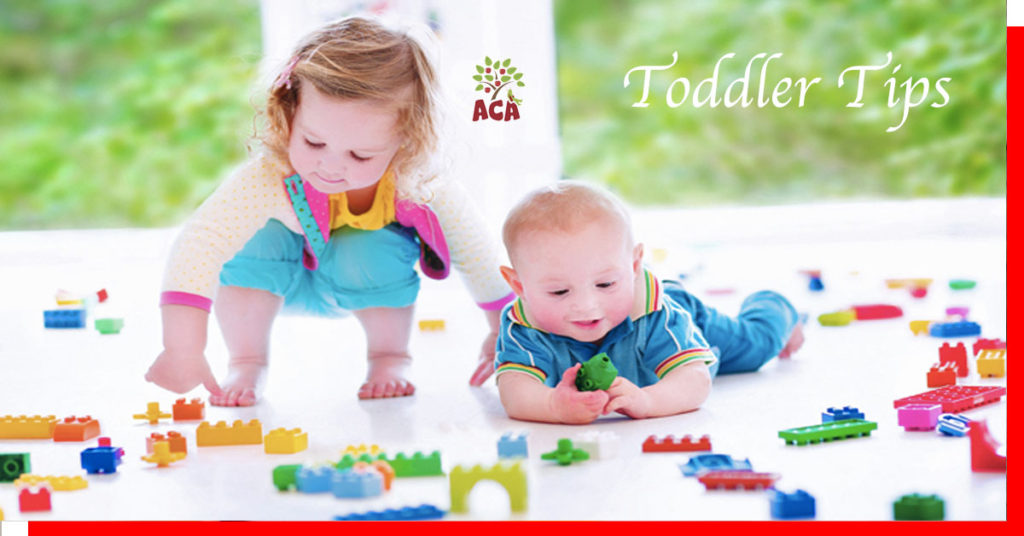The best Gainesville preschools are continually learning about better ways to engage children in a healthy way. Today in our ongoing book study of “The Read-Aloud Handbook” by Jim Trelease, I have the pleasure of sharing chapter 4 with you which is titled “The Do’s and Don’ts of Read-Alouds.”
Chapter 4 is a list of Do’s and Don’ts that cover a broad range of ages and stages in the read-aloud experience so for the purpose of this post, I have selected a few of the points that I think are the most relevant to those of us reading to young children. Be sure to note that I am only highlighting some of the tips shared in the book today…


Do…
- Begin reading to children as soon as possible. The younger you start them, the easier it is.
- Choose books for infants and toddlers that include rhymes, songs, and repetition to stimulate language and listening.
- Read as often as you and the child have time for.
- Start with pictures books with only a few words on the page then gradually move on to books with more and more text and fewer pictures.
- Before you begin to read, always say the name of the book and introduce the author and illustrator, no matter how many times you have read the book.

- The first time you read the book, discuss the illustrations on the cover of the book and ask the child(ren) what they think the book will be about.
- Occasionally, read above children’s intellectual levels and challenge their minds.
- Allow your listeners a few minutes to settle down and adjust their minds and bodies to the story.
- Mood is an important factor in listening. The authoratative, “Now stop that and settle down! Sit up stratight! Pay attention!” doesn’t create a receptive atmosphere.
- When reading a picture book, make sure the children can easily see the pictures.
- Remember, reading aloud comes naturally to very few people. To do it successfully and with ease, you must practice.
- The most common mistake in reading aloud is reading too fast. Read slowly enough for the child to build mental pictures of what he just heard you read.
- Slow down enough for the children to see the pictures without feeling hurried. Reading quickly allows no time for the reader to use vocal expression.
- Preview the book before reading it aloud to your children. This will allow you to know ahead of time if there is any part of the book you want to shorten, eliminate, or elaborate on.
- Add a third dimension to the book whenever possible. For example, have a bowl of blueberries ready to be eaten during or after the reading of Robert McCloskey’s Blueberries for Sal or a harmonica and lemon available before reading McCloskey’s Lentil.
- Chart your reading experiences by creating a chart for the wall and adding caterpillars, worms, trains, and other pictures to represent each book so the children can see how many books have been read together.
 Reluctant readers often find it hard to sit still so try giving them a pencil and paper during the read-aloud experience to keep hands busy. You doodle while talking on the telephone don’t you?”
Reluctant readers often find it hard to sit still so try giving them a pencil and paper during the read-aloud experience to keep hands busy. You doodle while talking on the telephone don’t you?”- Arrange time in the classroom or at home for the child(ren) to read on their own even if it means only turning pages and looking at pictures.
- When a child wishes to read to you it is better to choose a book that is too easy rather than too hard.
- Encourage older children to read to younger children.
Enjoying the tips so far? Now let’s take a look at a few of the Don’ts!
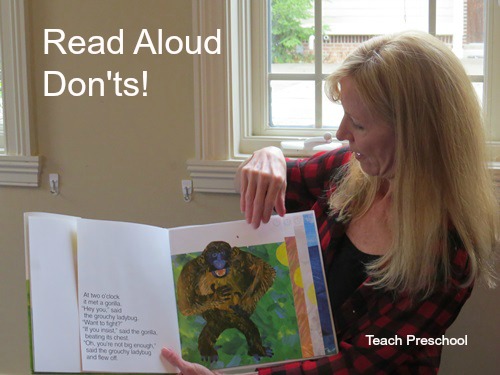

Don’t…
- Don’t read stories you don’t enjoy yourself. Your dislike will show up in your reading and that defeats your purpose.
- Don’t keep reading a book once it is obvious it was a poor choice. Admit the mistake and choose another. Make sure, however, that you give the book a fair chance to get rolling. There are some books that just start off slow and get better but you can avoid this all together by prereading the book yourself before reading it to your children.
- Don’t feel like you have to tie every book you read to class work.
- Don’t overwhelm the listener. Make sure the book you read is appropriate for the intellectual, social, and emotional level of the children you are reading to.
- Don’t get too comfortable while reading. A slouching or reclining position is likely to make you drowsy.
- Don’t impose your interpretation of a reading onto your children. A story can be just plain enjoyable, no reason necessary, and still give you plenty to talk about.
- Don’t confuse quantity with quality.
- Don’t use the book as a threat (to get the child(ren) to do or not to do something). As soon as your child or class sees that you have turned the book into a weapon, they will change their attitudes about books from positive to negative.

